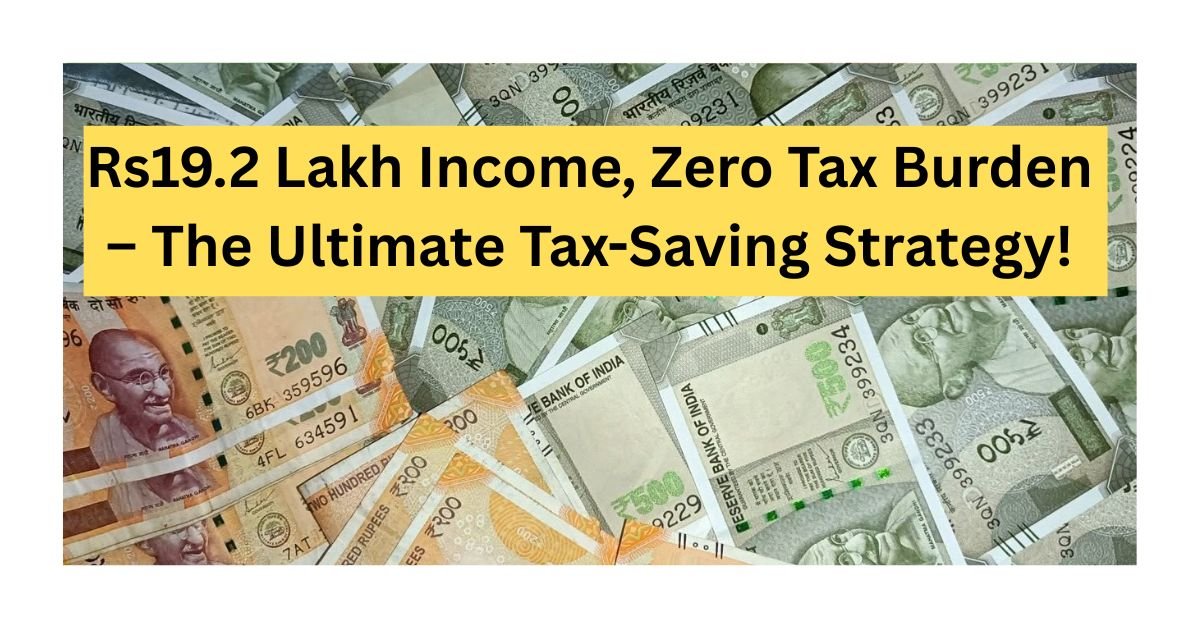The old and new tax regimes provide differing tax slabs and rates. Under the old regime, certain exemptions and deductions were permitted while with limited deductions under the latter, the latter provides lower rates but no such reliefs or exemptions were available to taxpayers in either tax regime. Selecting which regime best fits a person depends upon factors like salary, investments and personal considerations so it would be wise to calculate both before making your choice; exemptions like House Rent Allowance are exclusive to old tax regime while with National Pension Scheme you could save tax by opting into NPS to save tax under both regimes.
Do you require employees to inform the taxes rules to the employer?
It is true that employees must provide information about their of their tax rules to their employer. If he fails to do so in the tax year, it will be considered the the default tax tax regime will be applied to be in effect for the entire year.
Does there exist any particular advantages that is only available to seniors?
In contrast to the former tax structure, there’s any special benefit to older people..
New tax regime
In the new tax regime the government will no longer have a tax obligations on earnings that exceeds Rs 12 lakh..
What is the best way to make sure you pay no tax on a salary of Rs 19,20,000?
If your annual earnings exceeds Rs 19,20,000 that means you don’t have to pay tax. Learn the calculation below.
The break-up in salary
Basic Pay: Rs 6,00,000Personal Allowance: 5,50,000
PF: Rs 21,600 (minimum opted)
Gratuity: 28,800
Variable Pay: 96,000
Flexible pay tax-free parts for Rs. 6,23,600
Total CTC: Rs 19,20,000
Standard deduction
The new tax system The standard deduction amounts to Rs 75,000.
Rs 19,20,000- Rs 75,000= Rs 18,45,000
NPS
If you choose to take NPS and you choose to take NPS, you are able to put aside 14 percent of your pay under the current tax law, according to the rules of the government. The amount you can invest is 10 percent of your basic income under the previous tax system.
Rs 18,45,000 – Rs 84,000 = Rs 17,61,000
Flexi Pay Tax-free payment component
Conveyance: Rs 2,85,600
Books & Periodicals: Rs 1,08,000
Entertainment: Rs 2,40,000
Uniform: Rs 90,000
Total: Rs 6,23,600
Rs 17,61,000 – Rs 6,23,600 = Rs 11,37,400
Home Loan Interest + Rental Income Set-off
The upper limit is Rs. 260,000 if the property is let.
Interest Deduction: Rs 2,00,000
Rental Income Adjustment: Rs 60,000
Rs 11,37,400 – Rs 2,60,000 = Rs 8,77,400
Additional deductions
The gift, the family pension as well as other Gift, family pension, and others: Rs. 50,000
Rs 8,77,400 – Rs 50,000 = Rs 8,27,400 (Final Taxable Income)
Final tax-free income
Based on the new regulations the tax rebate of Rs 25,000 can be claimed for taxable earnings that exceeds Rs 12 lakh. In accordance with the slab the tax rate is 25,500, and once rebated tax, the total tax equals Rs 0. Your total income of 19.20 lakh will be tax-free.
The same taxes to all
Each category of individuals, such as seniors, individuals and super seniors must be taxed at the same rates in the new tax system.
Surcharges under the current tax law
Surcharge: In the current system, the maximum rate of surcharge rate is 25 % in comparison to the previous system the rate was 37 percent.
New tax regime: Slabs
From Rs 0 to Rs 4 lakh: None
Rs 4 lakh- Rs 8 lakh: 5%
Rs 8 lakh- Rs 12 lakh: 10%
Rs 12 lakh- Rs 16 lakh: 15%
Rs 16 lakh- Rs 20 lakh: 20%
Rs 20 lakh- Rs 24 lakh: 25%
Over Rs. 24 lakh More than Rs. 24 lakhs: 30 percent
